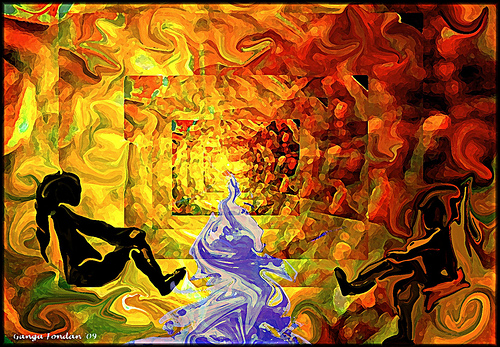Of Sword Fights, The Himalayas, And so on… And so on…
Have you ever watched a scene from a movie where two sword fighters are going at it?
And then they begin to move up the stairs, one sword fighter, moving in reverse up the incline of the steps, danger closing in, his back against the wall of conflict?
Remember how you felt? Your chest growing tighter, you engaged with what was happening rooting for one or the other swordsmen.
It goes the same with writing fiction.
Of Sword Fights, The Himalayas, And so on… And so on… Read More »




